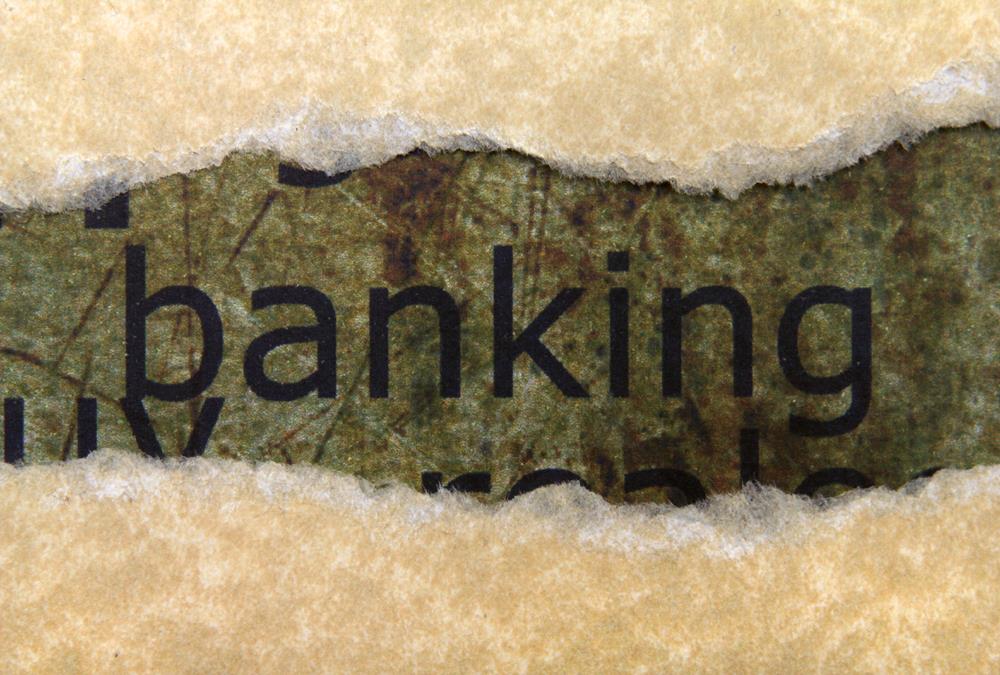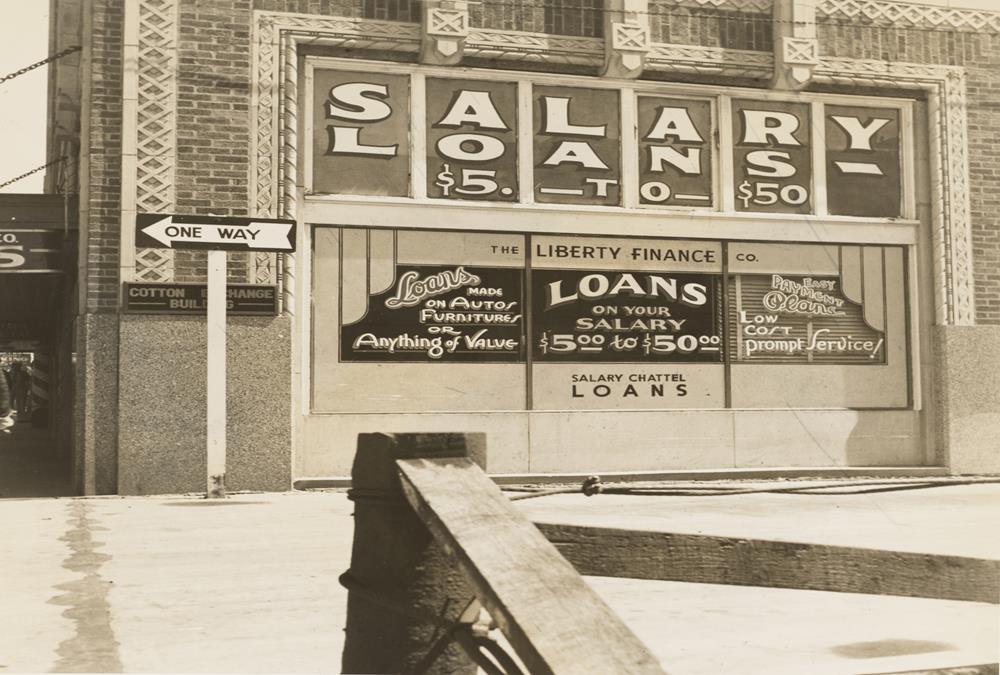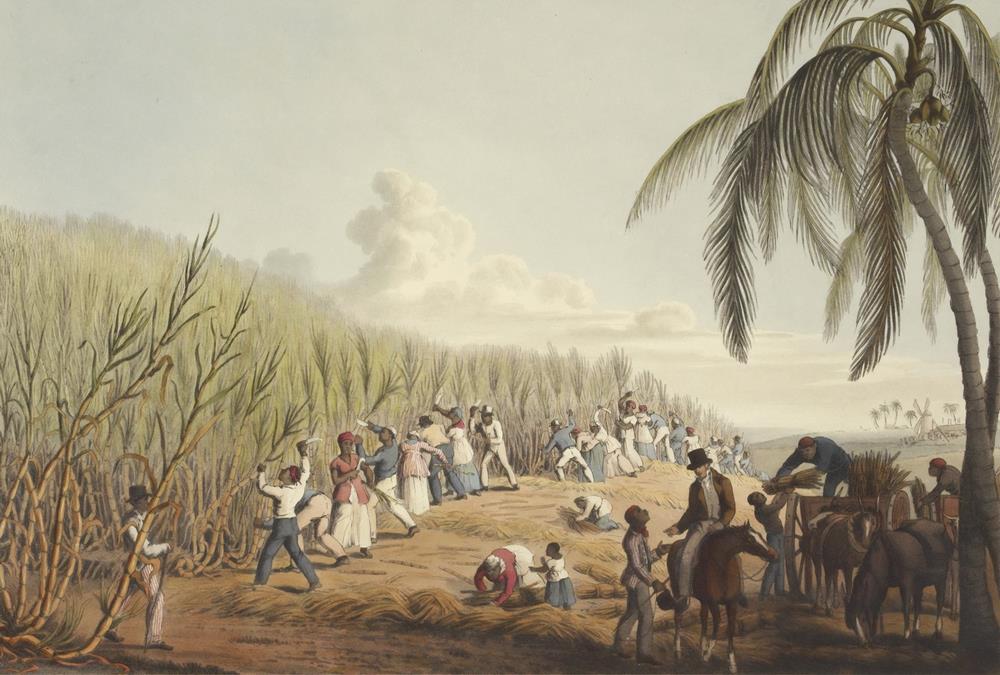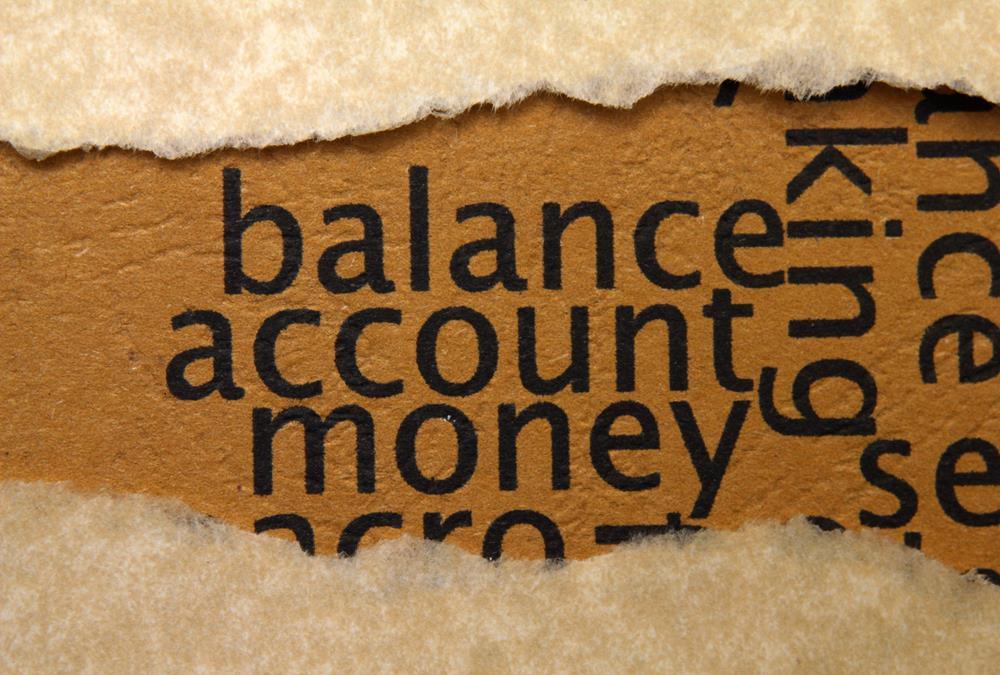
Bank – Knowledge and dynamics of the industry
Are you looking for knowledge and key commercial information on the banking sector?
brings you banking industry overview, business model, value chain, competitive landscape and latest trends. Industry knowledge for IT and consulting professionals, consulting firms, industry investors, and everyone else interested in a condensed, user-friendly format. Rapidly improve your business acumen in banking and wow your stakeholders at your next meeting!

What is meant by the word bank? How did the word bank originate? What is the simplest and most concise definition of a bank that explains the fundamentals of the banking process? Does the definition of bank vary from country to country? What are the main differentiators between any other business and a bank? Get answers to all these questions and explore the basics of banking and banking as an industry.

Banking is one of the oldest industries and banking in the form we know began around 2000 BC. of the ancient world. It began with merchants lending grain to farmers and traders while transporting goods between towns. Since then, the banking industry has evolved from a simplistic system of barter and gift transfers of yesteryear to a modern, complex, globalized, technology-driven, Internet-based electronic banking model. In this article, we will introduce you to the major events and developments in the history of the banking industry.

Seven hundred years ago, a bank was established in Venice, which carried out transactions resembling modern banking. In 1407 another bank was founded in Italy as Banco di San Giorgio which was one of the oldest chartered banks in Europe. Sveriges Riksbank (Riksbanken), is the central bank of Sweden and the oldest central bank in the world. The Bank of England is the second oldest central bank in the world, and most modern central banks have been based on this model. Let’s explore some interesting happenings as we learn more about these early banking institutions.

Gold has always been considered a safe economic investment and treated as a currency. All of the economically advanced countries in the world have been on the gold standard for a relatively brief period. Under a gold standard, the value of a monetary unit, such as a dollar, is defined in terms of a fixed weight of gold, and banknotes or other paper money are convertible into gold Consequently. Explore the fascinating history of the gold standard through the lens of history and also learn why banks hold a certain fraction of deposits as reserves.

Banks play a key role in the entire financial system by mobilizing household deposits spread across the country and making these funds available for investment, either by lending or buying securities. Today, the banking sector has become an integral part of the economic progress of any nation and is essential to the financial well-being of individuals, businesses, nations and the entire world. In this article, we will provide an overview of key industry concepts, major sectors, and key aspects of the banking industry’s business model and trends.

Banking industry players process a variety of products from savings accounts to loans and mortgages, offer various services from check cashing to underwriting, cater to different types of customers from individuals to large corporations , serving various geographical areas, from rural villages to cross-border operations. . Thus, the banking sector is made up of several types of banks, with their own objectives, roles and functions. In this article, we will explore the different sectors, segments and classifications of banking based on parameters such as products, customers, types, etc.

This article explains the banking structure in India and how different banks are classified according to RBI standards. The Indian banking sector has been divided into two parts, organized and unorganized sectors. The organized sector includes the Reserve Bank of India, commercial and cooperative banks, and specialized financial institutions (IDBI, ICICI, IFC, etc.). The unorganized sector, which is not homogeneous, is largely made up of indigenous moneylenders and bankers. Find out what we mean by nationalized banks, scheduled banks, public sector banks, private banks and foreign banks.

The banking sector caters to various sections of society, so the focus of banking becomes diverse, meeting the diverse needs of customers through different products, services, and methods. To meet this, we need distinct types of banks to meet complex business and social needs. In this article, we will explain different types of banking institutions ranging from retail banks, commercial banks, cooperative banks, investment banks, central banks to various other types of specialty banks.
